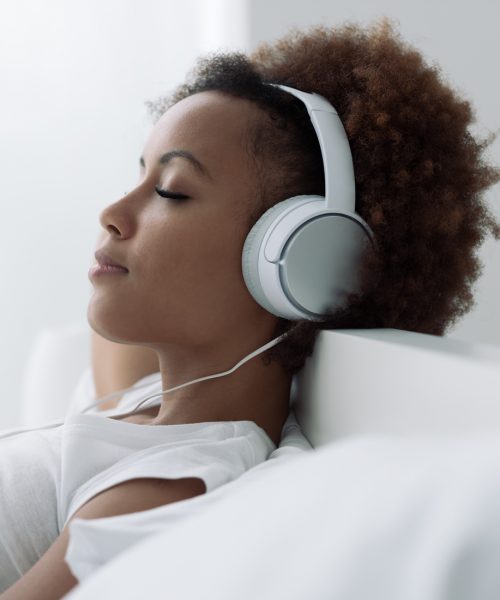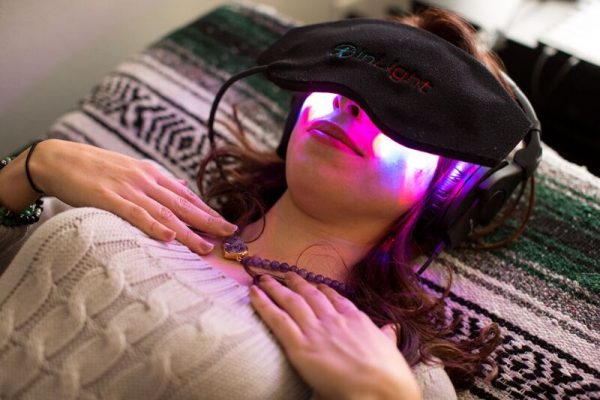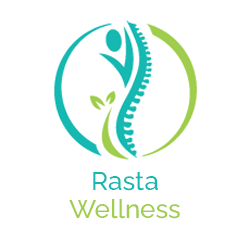Vibroacoustic Therapy
What is Vibroacoustic Therapy?
Anaheim, CA
Vibroacoustic therapy works through specialized speakers called transducers, which are incorporated into a variety of furniture (e.g., mats and pillows). As the transducers receive sound via music, the energy is translated into vibration, which is felt by the human body. The resulting vibratory input is a form of tactile stimulation that travels up the spinal cord and into the brain. As the signaling is received, several reactions can occur including a release of mood-boosting neurotransmitters, relaxation of muscle tension, and widening of blood vessels and lymphatic pathways. The elements of sound and vibration combine to form a unique and potent form of holistic treatment which contribute to relaxation and healing
since sound travels 4-5x faster through water than air, this makes the human body a perfect medium for therapeutic applications of sound, frequency and music.
Vibroacoustic Therapy aka VAT is based on the principle that all matter, including the human body, vibrates all the time, at various frequencies. When the frequency from a sound outside the body
interacts with the body’s frequency, changes occur.
VAT is direct communication with the nervous system, bones, muscle tissue and fluids of our bodies. As each sound wave “washes” into the body, it is transferred as
vibrations to these components of the body.
Since all the molecules inside the body have been put in motion, it is like the body is receiving an internal massage. It is because of this that we can “reach” with the sound vibrations the nerves, glands, lungs, heart and deep-lying blood vessels that we cannot touch in traditional massage.
What Are the Evidence-Based Uses of VAT?
Anaheim, CA
- Pain management
- Anxiety
- Muscle tension
- Depression
- Decreased circulation
- High blood pressure
- Heel spur
- Fibromyalgia
- Parkinson’s
- Dementia
- Relaxation and positive behavior
- Trigeminal neuralgia
- Arthritis

Visit Us Here In Anaheim, CA
Latest published research
Decades ago, Dr. Tony Wigram published one of the first studies of the effects of vibro-acoustic therapy on patients with many conditions for his Ph.D. thesis. It is still considered one of the most comprehensive reports on the subject and is an excellent starting point for anyone interested in the topic.
There are also numerous studies reported by Olav Skille, the Norwegian credited with being the grandfather of modern vibro-acoustics.
Moreover, patients suffering from dementias that involve a progressive deterioration of memory functioning mood disorders, such as Alzheimer’s disease (AD), may benefit from the treatment as well. Although the mechanisms of neuronal degeneration in AD are not clear, several investigators have reported an increase in AD patients’ self-expression following music therapy. This study examined the effect of low-frequency vibratory sound on neurite outgrowth and showed that low-frequency vibratory sounds of 20-100 Hz enhanced neurite outgrowth.

